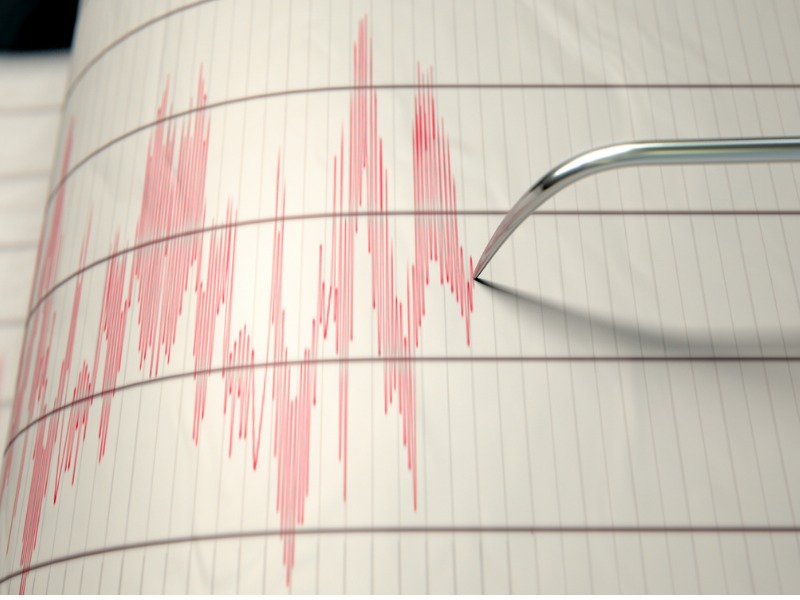New earthquake model considers eastern Canada risk

Aon plc has launched a new earthquake model for Canada, one that takes into account the well-known risk in western provinces but also the lesser-known risk in eastern Canada.
The model is based on the latest scientific research from Natural Resources Canada (NRCan), which published a sixth-generation seismic hazard model for Canada’s 2020 National Building Code. Developed by Aon’s Impact Forecasting team, the model combines this latest seismic hazard model for Canada with Impact Forecasting’s enhancements for secondary perils — including liquefaction, landslides, tsunami and fire following earthquake.
Peter Pazak, catastrophe model developer at Impact Forecasting, told Canadian Underwriter that hazard and risk in eastern Canada are also well-captured because the product implements the official seismic hazard model for Canada.
“Western Canada is really touching a tectonic plate boundary, capable of producing the largest earthquakes on Earth, reaching magnitudes 9,” Pazak said. “In the East, the earthquake risk is not so obvious. However, quite strong earthquakes can occur along the St. Lawrence River, where the Canadian Shield meets the Appalachian range,” he said, pointing to the Magnitude-7.5 Charlevoix earthquake in Quebec in 1663.
One industry estimate in 2019 suggested a 5% to 15% likelihood of a Magnitude-7 earthquake in Quebec within 50 years.
Pazak said the resulting hazard from eastern Canadian earthquakes, although significantly lower than in the West, is long-known to Canadian seismologists. In the East, fire following earthquake is especially important due to lower shaking risk.
iStock.com/Ryan Djakovic
The model is fully probabilistic, meaning it has a robust stochastic event catalog of realistic earthquakes simulated across Canada, explained Jakub Aska, business development executive at Impact Forecasting. Users (insurers or reinsurers) can import their portfolios of properties into the model, including information specifying construction, financial conditions (value of the building and contents), as well as policy conditions like limits and deductibles.
The model simulates the impacts of an earthquake on each location within the client’s data, calculating loss estimates, such as average annual losses. Insurers can then use the average annual losses as pure premiums in pricing, for example.
In essence, the model considers damage from primary and secondary perils, combining them to provide realistic cost estimates for each structure depending on its location. “During earthquakes, most of the damage is usually caused by loads coming from the primary shaking,” Aska said. “However, other effects may be triggered by the earthquake, and these are called secondary perils.
“These can be eventually more devastating to the building than the ground shaking itself.”
For example, the model covers soil instabilities like landslides and liquefaction, which can lead to building foundation failure and, in severe cases, may require building demolition. In Canada, areas like the Fraser River Delta (Greater Vancouver Area) can be prone to soil liquefaction.
Another secondary peril is fire following earthquake that can be triggered by gas pipe fractures and electrical appliances malfunctioning. “It is particularly dangerous if the main construction material is wood,” Aska added.
Lastly, the model includes tsunami subperil, which can be triggered by Cascadia subduction earthquakes and lead to devastating losses for Canada’s West coast (especially Victoria Island).
Aska said the model is unique from others in the market in a few ways. First is the way it was developed — collaboration between NRCan scientists and experts from the Global Earthquake Model (GEM) Foundation resulted in the implementation of local scientific knowledge according to global best practices. Impact Forecasting then leveraged the outcomes of the cooperation to build a model that considers regulatory requirements, suitable for both reinsurance pricing and underwriting.
Together with the secondary perils component developed by Impact Forecasting, the model brings a new open and transparent solution to market, Aska reported. Clients can adjust the model if they have the expertise to tailor it to their own view of risk, and the model can be made accessible through multiple third-party platforms.
Impact Forecasting data show that global cumulative earthquake damage since 2000 had exceeded $1 trillion by the end of 2022. While earthquake damage in Canada has been relatively low, the peril remains a significant concern.
Feature image by iStock.com/allanswart







